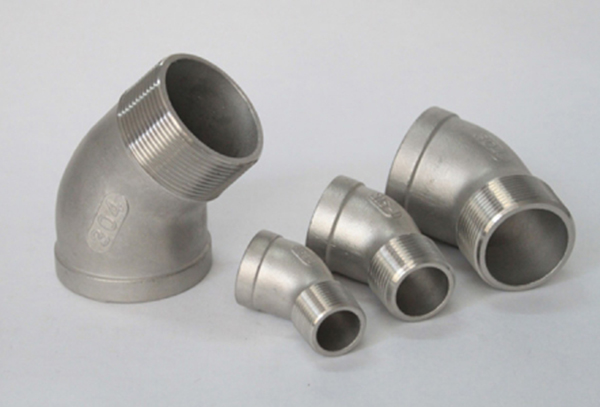Hello, welcome to the official website of Shandong Binzhou Lufeng Stainless Steel Products Co.,Ltd!

Stainless steel elbow welding quality inspection methods
- Categories:News
- Author:
- Origin:
- Time of issue:2023-05-25 13:39
- Views:
(Summary description)
Stainless steel elbow welding quality inspection methods
(Summary description)
- Categories:News
- Author:
- Origin:
- Time of issue:2023-05-25 13:39
- Views:
Piping system, elbow is a pipeline fittings to change the direction of the pipe, according to the angle of the elbow, the most commonly used elbow for 45 °, 90 ° and 180 °, according to the needs of the project, can also include other angles of the elbow (such as 60 °). Let me introduce to you the quality inspection method of stainless steel elbow welding
1. Non-destructive flaw detection
Detection of defects in the weld, such as inclusions, porosity and cracks, etc. Currently, the most commonly used are X-ray inspection, ultrasonic inspection and magnetic flaw detection. X-ray inspection is the use of X-ray technology of the weld to determine the presence of defects, how many defects and types.
The weld is then evaluated for conformity according to the technical requirements of the product. When ultrasonic waves are transmitted to the interface between metal and air, it refracts and passes through the weld, and the basic principle of ultrasonic flaw detection is that the probe emits ultrasonic waves to detect and transmit them to the metal.
However, ultrasonic flaw detection can only be based on operational experience and cannot be used as a basis for inspection. Magnetic flaw detection can also be used to detect internal defects and small cracks on welded surfaces.

2. Appearance inspection
Usually observed with the naked eye, sometimes with 5-20 times magnification, through visual inspection, you can find the welded elbow welding surface defects, such as biting, surface cracks, porosity, inclusions and weld depth of fusion, etc. The shape and size of the weld can also be measured with a welded joint detector or template.
3. Elbow mechanical properties test
Sometimes it is necessary to perform tests such as tensile, impact and bending on welded joints. NDT can detect defects in the weld, but cannot explain the mechanical properties of the metal in the heat affected zone of the weld.
The method is to inject clean water or gas (mainly air) equal to 1.25 to 1.5 times the working pressure, stay for a period of time, after which we observe the pressure drop in the container and observe the external leakage phenomenon, which can assess whether the weld is qualified.
Scan the QR code to read on your phone
Service Support
Contact Us
Add:No.20, Rongchang Road, Xicheng Industrial Park, Wudi County, Shandong Province


